What are filtered pipette tips?

Filtered pipette tips are pipette tips equipped with a built-in filter to prevent aerosol and liquid contamination from entering the pipette shaft. These filters are typically made of hydrophobic materials, such as polyethylene (PE) or polytetrafluoroethylene (PTFE). The hydrophobic nature of these materials allows air to pass through while repelling liquids. The primary purpose of […]
Do rainin pipettes use universal tips?
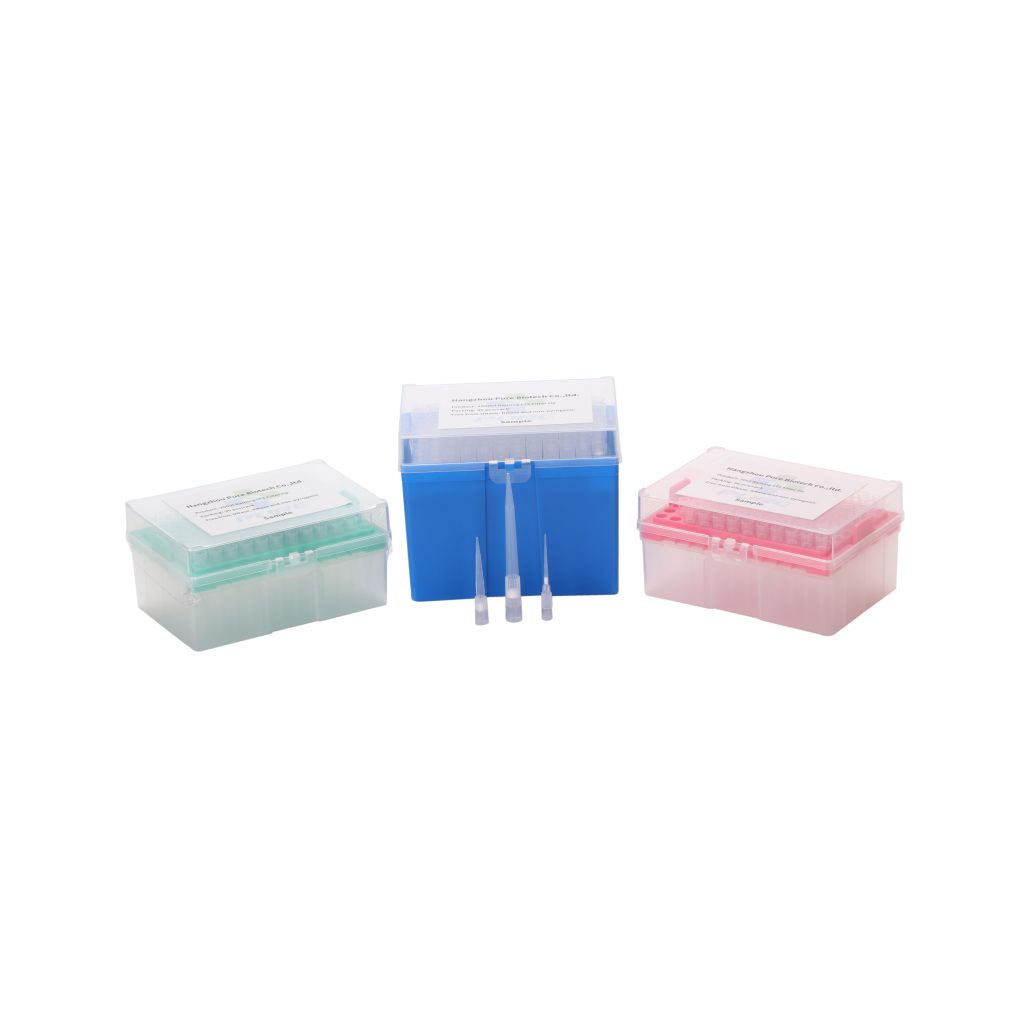
Rainin pipettes, specifically those from Rainin Instrument, LLC, are often designed to work with Rainin-branded pipette tips. These tips are usually designed to be compatible with Rainin pipettes, ensuring proper fit and performance. However, it’s essential to note that not all Rainin pipettes and tips are universally compatible with other brands. If you have a […]
How do you store pipette tips?
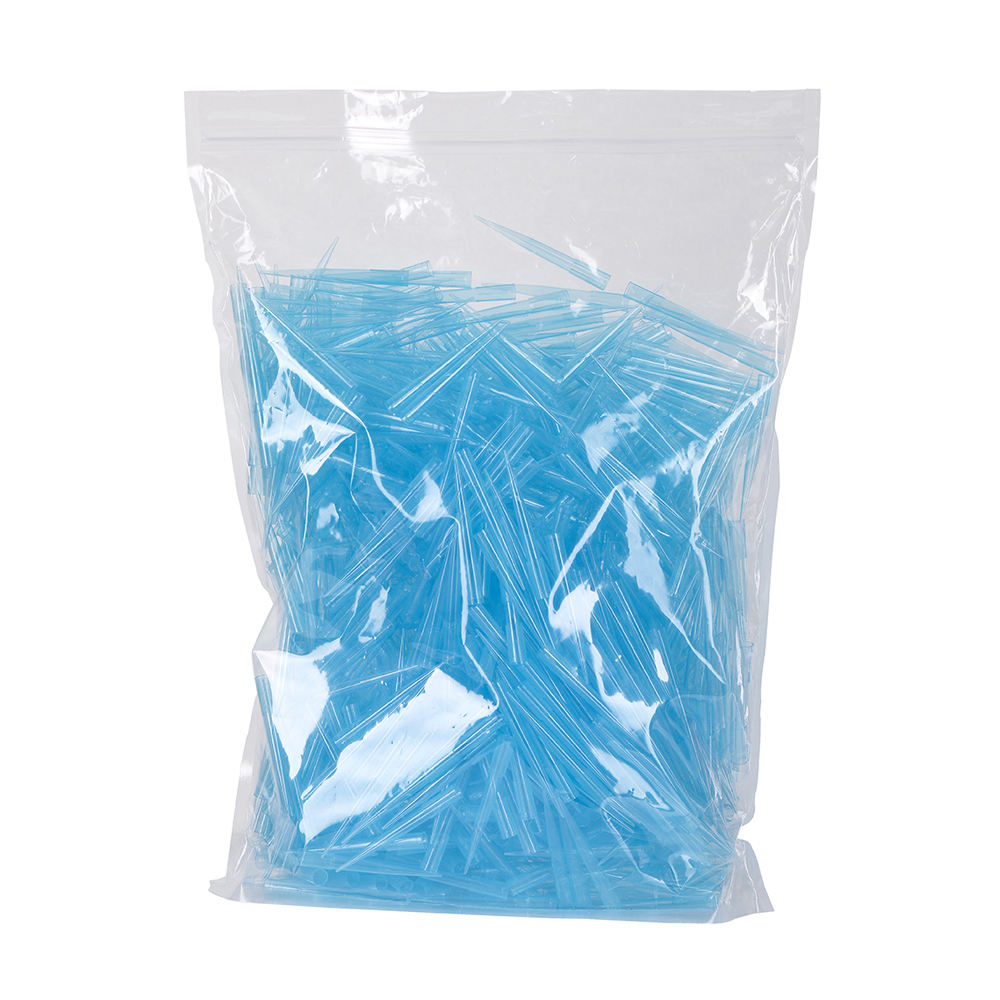
Storing pipette tips properly is essential to maintain their cleanliness and integrity. Here are some general tips on how to store pipette tips: Keep them in Original Packaging: Pipette tips usually come in sterile, airtight packaging. It’s best to keep them in their original packaging until ready for use. This helps prevent contamination. Avoid Exposure […]
What is universal pipette tips?
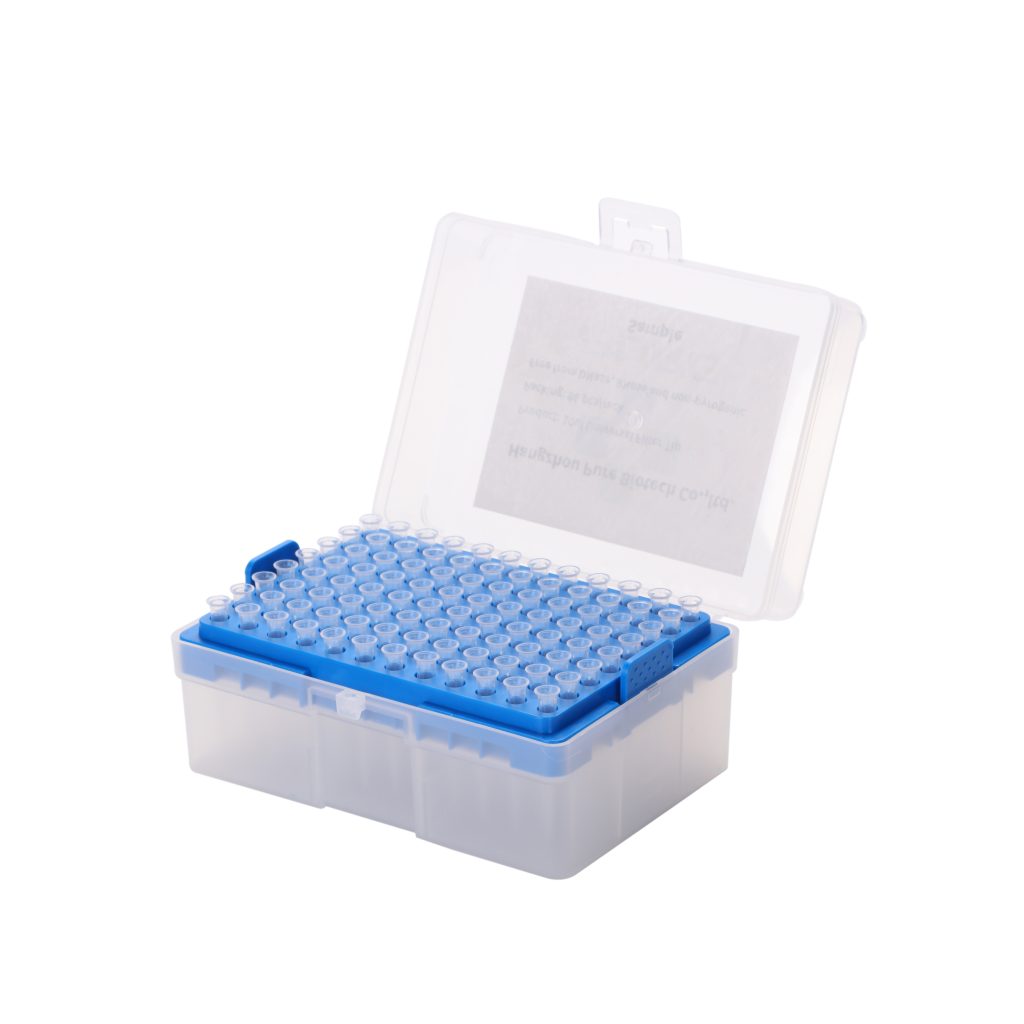
“Universal pipette tips” generally refer to pipette tips that are designed to be compatible with a variety of pipettes from different manufacturers. These tips are intended to fit a broad range of micropipettes, providing versatility and convenience in the laboratory setting. The term “universal” may imply that these tips can be used with pipettes from […]
Which pipette tips to use?
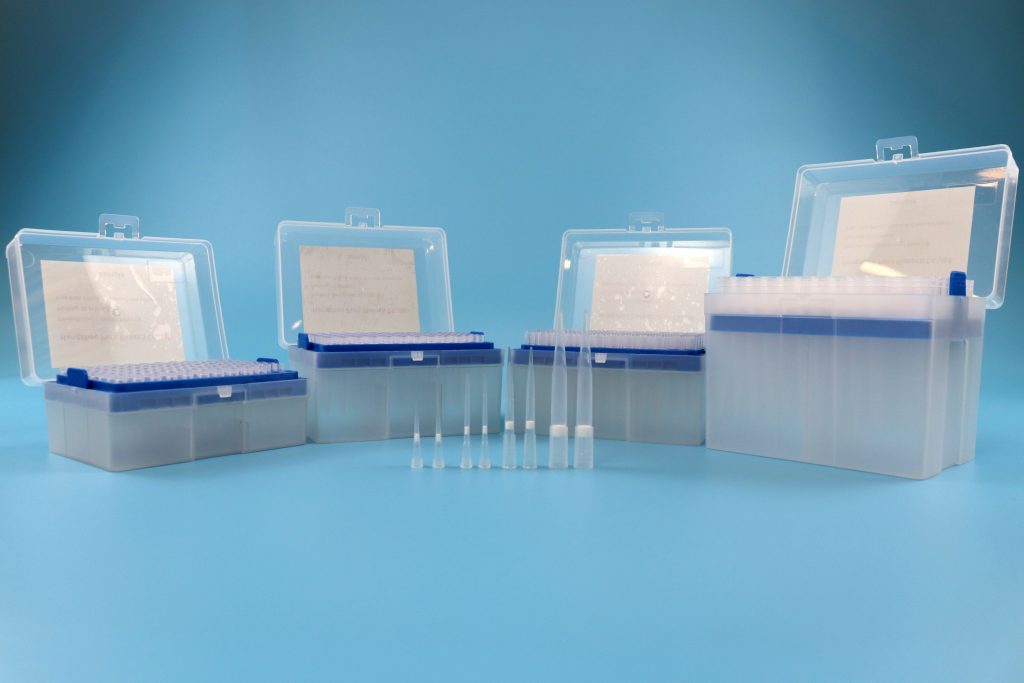
Choosing the right pipette tips is crucial for accurate and precise liquid handling in the laboratory. Here are some general guidelines to help you select the appropriate pipette tips: Match the Pipette Volume Range: Ensure that the pipette tips are suitable for the volume range of your pipette. Pipette tips are typically available in various […]
Do all pipettes use the same tips?
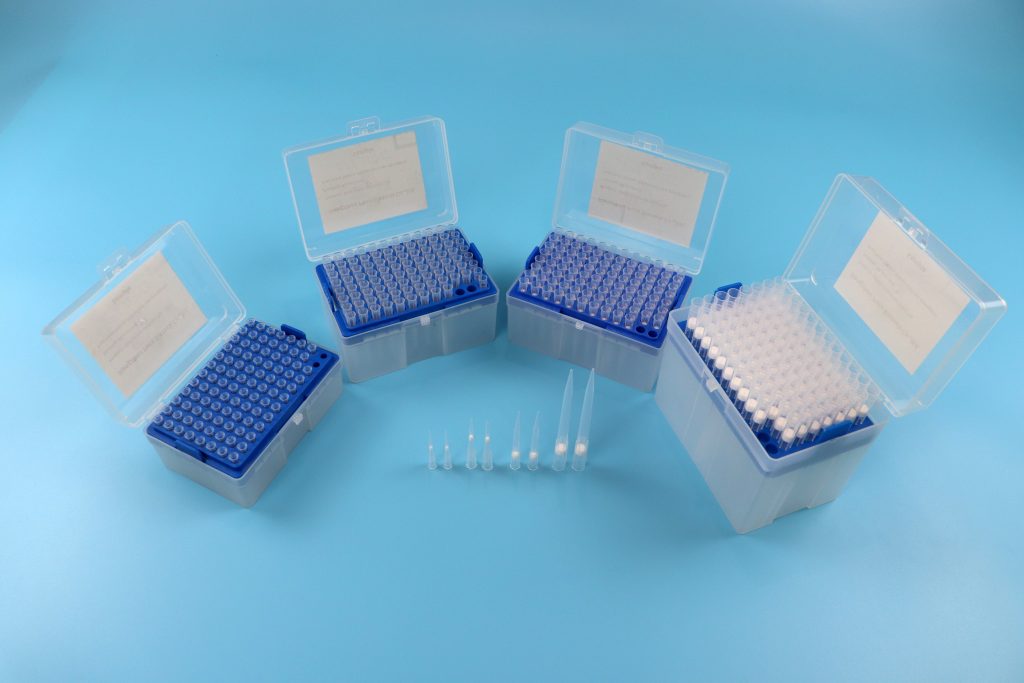
No, not all pipettes use the same tips. The compatibility of pipette tips depends on the design and specifications of the pipette. There are several types of pipettes, and each may require specific tips that match its design and volume range. Here are a few common types of pipettes and their corresponding tips: Micropipettes: These […]
What is the tip of a pipette?
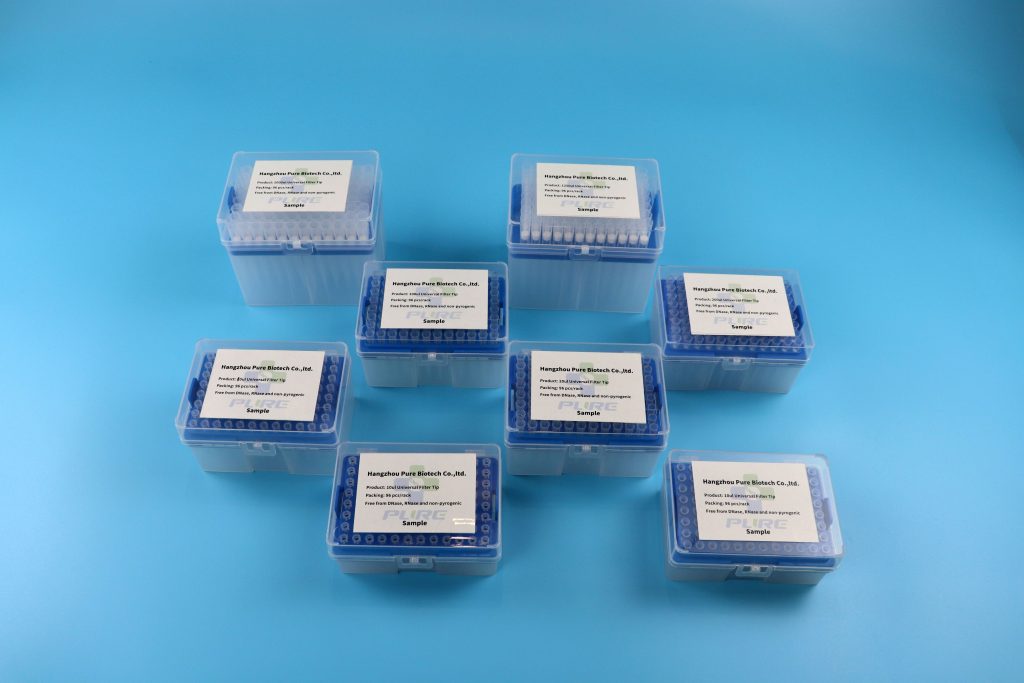
The tip of a pipette is the narrow, tapered end of the pipette used for dispensing or aspirating liquids with precision. Pipettes are commonly used in laboratories for accurate measurement and transfer of small volumes of liquids. There are various types of pipettes, including micropipettes and serological pipettes, each with its own specific design for […]
What is the difference between pipette tips and filter tips?

“Pipette tips” and “filter tips” are terms often used interchangeably, but they can have different meanings depending on the context. Here are the distinctions between the two: Pipette Tips: Definition: “Pipette tips” is a broad term referring to the small, disposable attachments used with pipettes for measuring and transferring liquids in laboratories. Varieties: Pipette tips […]
What does the filter in a pipette tip do?
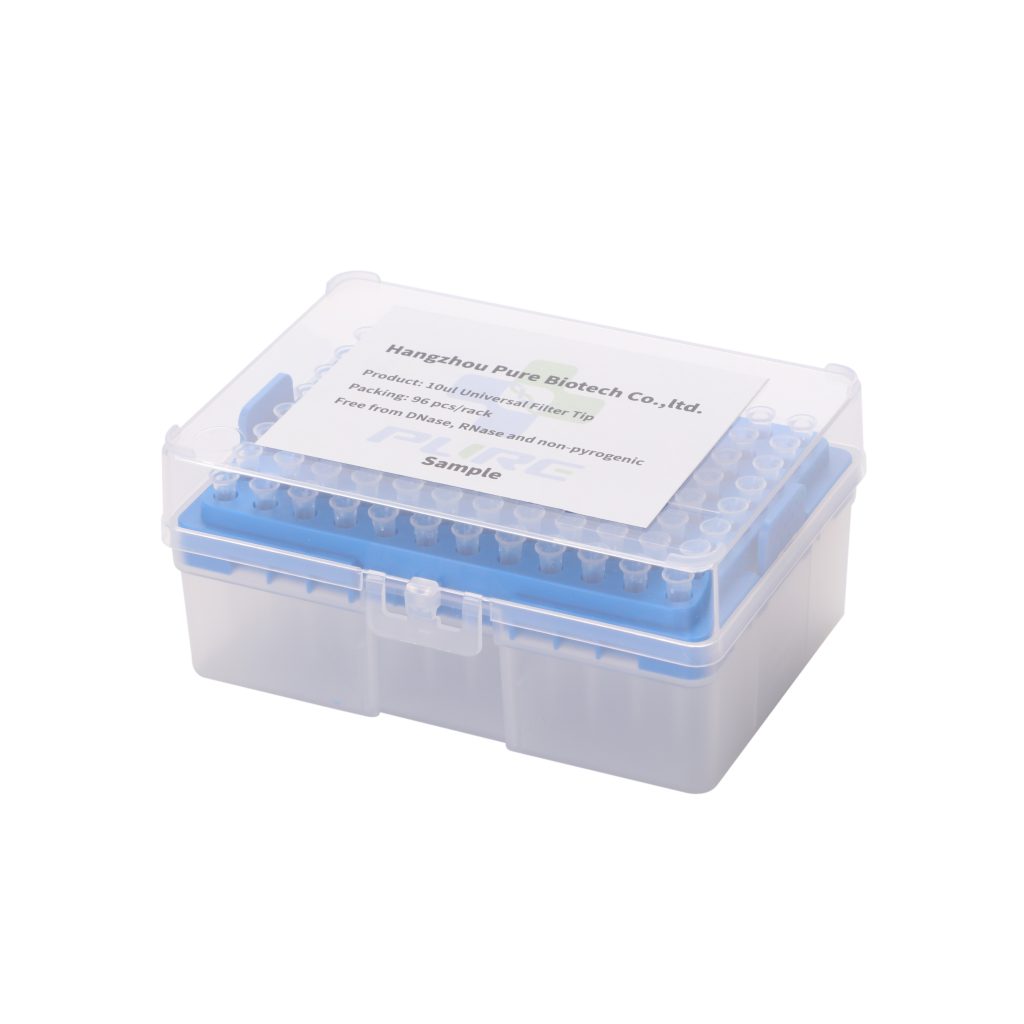
The filter in a pipette tip serves to prevent the contamination of the pipette and sample by aerosols and liquids. This is especially relevant in applications involving sensitive biological samples, PCR (polymerase chain reaction), and other molecular biology techniques. The filter is a physical barrier located at the top of the pipette tip, and it […]
Why do we always need a pipette tip?

Using a pipette tip is a fundamental practice in laboratory work for several important reasons: Accuracy and Precision: Pipette tips are designed to work in conjunction with pipettes, which are precision instruments used for accurately measuring and transferring liquid volumes. The combination of a pipette and a properly fitting pipette tip ensures accurate and precise […]
